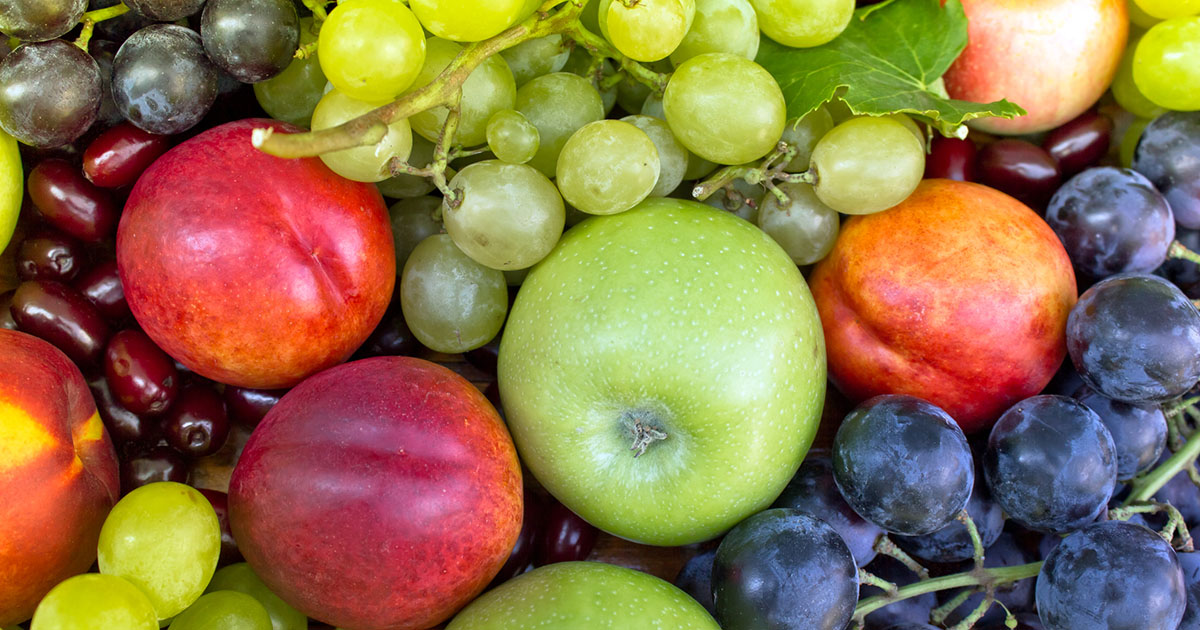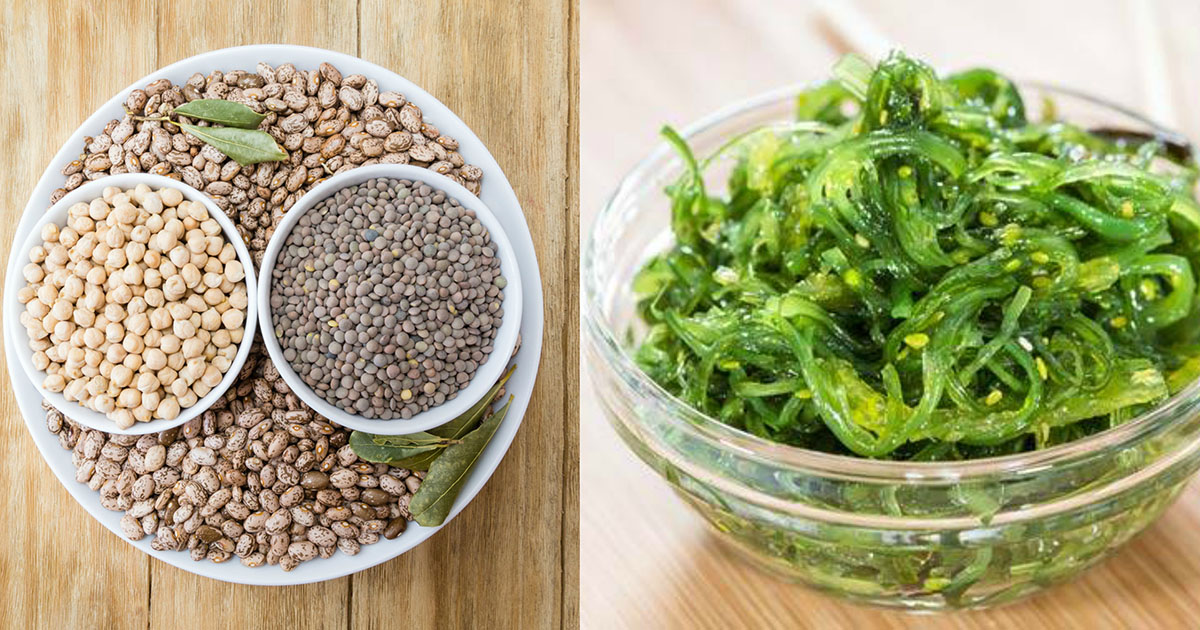What Is A Macrobiotic Diet?
Fruit

Under a macrobiotic diet plan, individuals are only supposed to consume fruit a few times a week rather than every day. As with the other food choices, the fruit eaten should also be organic and locally grown. This means individuals need to pay attention to the seasons to determine what their current options are. Typically accepted fruit under this diet includes apples, pears, peaches, raspberries, blueberries, grapes, watermelon, and cherries. However, this diet recommends avoiding tropical and citrus fruits such as papaya, mango, bananas, coconuts, limes, grapefruit, and oranges. Those who follow a macrobiotic diet also tend to avoid drinking too much fruit juice, if they drink any at all. Should they choose to drink any fruit juice, it should always be one hundred percent real juice and not any of the fruit cocktails full of sugar, often seen on grocery store shelves.
Beans And Sea Vegetables

While they seem like an odd pairing, beans and sea vegetables, typically comprise five to ten percent of what individuals should eat when following the macrobiotic diet recommendations from the Kushi Institute. Beans are essential under this diet since they are the primary source of protein. However, just like the general grouping of vegetables, there are regulations around specific beans and bean-based products. Beans individuals can eat once a day include lentils, chickpeas, and azuki. They should only consume other beans and bean products, such as kidney beans, haricot beans, tofu, tempeh, and miso, once or twice per week.
Sea vegetables are particularly important in a macrobiotic diet to provide nutrients such as iron, calcium, vitamin B12, and beta-carotene. Typically, those following the macrobiotic diet will interchange beans with these sea vegetables, since beans are permitted once a day at maximum. Popular choices for sea vegetables are nori, kombu, dulse, agar-agar, and wakame.
